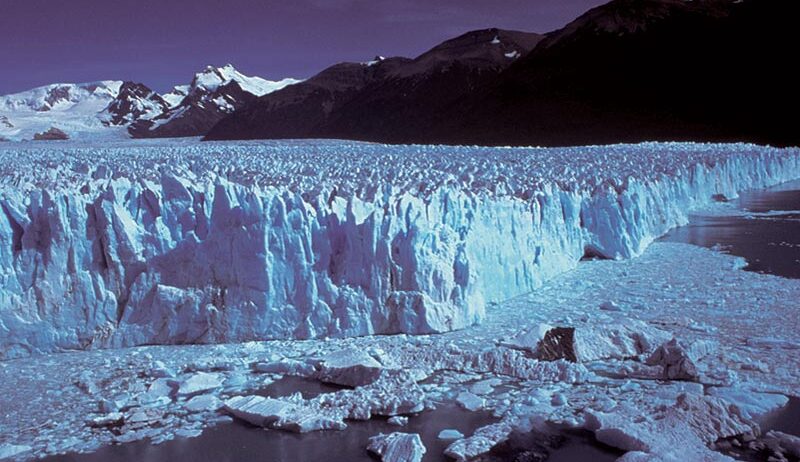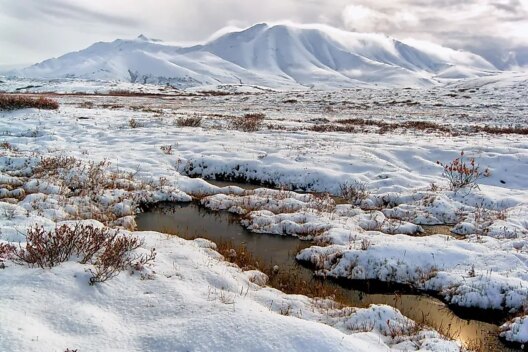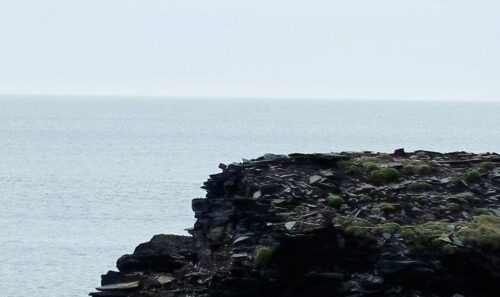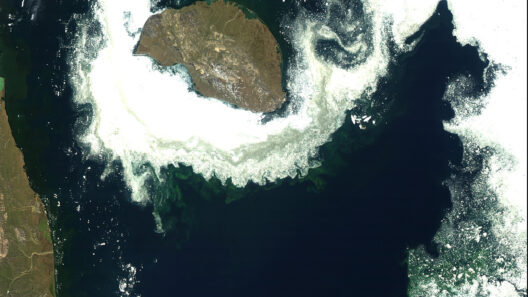Glaciers are the Earth’s frozen sentinels, standing guard against the relentless march of climate change. Like ancient giants, they cradle within their icy embrace not only water but also a stabilizing influence on our planet’s climatic systems. As we delve into the complex role glaciers play as buffers against global warming, we must acknowledge their multifaceted contributions: from moderating sea levels to regulating global temperatures. Each facet of their existence intertwines to form a regal mantle of protection, shielding us from the most dire consequences of rising temperatures.
To understand how glaciers act as a form of climate buffer, one must first recognize their immense physical presence. Glaciers store about 69 percent of the world’s freshwater, functioning as colossal reservoirs that influence both local and global hydrological cycles. When these magnificent structures melt, they release a steady supply of freshwater, which is crucial for countless ecosystems and human societies. This hydrological cycle helps maintain a balance in water distribution, ensuring that regions dependent on glacial meltwater, particularly in arid areas, receive the necessary hydration that sustains agriculture, drinking water resources, and biodiversity.
The significance of glaciers extends beyond mere water storage. They also play an essential role in the moderation of temperature. Acting like a colossal reflective shield, glaciers cover vast expanses of land, reflecting solar radiation back into space. This albedo effect, attributed to their bright, white surfaces, helps to mitigate the heat absorbed by the Earth’s surface. When glaciers recede—an alarming consequence of global warming—the darker surfaces revealed beneath absorb more heat, thus accelerating the warming process and creating a feedback loop that has far-reaching implications. The loss of glaciers is akin to pulling the protective cover off a sensitive organism, subjecting it to the harsh realities of its environment without reprieve.
As the guardians of Earth’s heat balance, glaciers contribute to the regulation of ocean currents and weather patterns. These massive ice formations influence the distribution of cold and warm waters in the oceans, which is integral to the functioning of thermohaline circulation—the global conveyor belt that drives climate. Changes in glacial mass balance can disrupt this system, leading to anomalies in weather systems, extreme weather events, and altered marine ecosystems. The cascading effects are profound; the oceans, which are the earth’s climate control center, become unmoored from their traditional patterns.
In addition to their physical attributes, glaciers are home to complex ecosystems. The microbes and species inhabiting these icy realms play a crucial role in carbon cycling. As glacier ice melts, it exposes ancient and potentially new microbial life that can sequester carbon, thus influencing greenhouse gas concentrations. This interaction between glaciers and living organisms underscores the intricate tapestry of life that contributes to the buffer against climate change—a living metaphor for resilience. In this way, glaciers serve not only as passive observers of climate change but are, in fact, active participants in the ongoing battle against it.
However, the narrative surrounding glaciers is increasingly one of urgency. The alarming speeds at which glaciers are retreating due to global warming threaten not only freshwater supplies and temperature regulation but also biodiversity. Loss of glacial habitat forces species to migrate, leading to ecological imbalances. Furthermore, as glaciers melt, they can contribute to the release of long-frozen greenhouse gases, exacerbating climate change. This vicious cycle reveals the duality of glaciers: they are both protective and vulnerable, magnificent and perilously at risk.
One must also consider the socio-economic implications of glacial retreat. Communities that rely on glacial meltwater are often the most marginalized and least equipped to adapt to changing conditions. As the glaciers recede and water supplies dwindle, competition for water resources intensifies, leading potentially to conflict. The transitioning landscape of glacial environments can also bear witness to shifts in tourism, economic opportunities, and cultural practices that depend on the existence of glaciers. This interconnectedness highlights a larger truth: glaciers are intertwined with human fate.
In confronting the threats posed by climate change, humanity must recognize glaciers as invaluable allies in the struggle for equilibrium. Protecting these magnificent ice masses is not merely a matter of environmental stewardship; it is a necessity for our own survival. Preserving glaciers transcends borders, demanding collective action and global cooperation. Mitigation efforts such as reducing carbon emissions, conserving freshwater resources, and employing sustainable practices are vital components in preserving the crucial buffers that glaciers provide.
By understanding the profound connection between glaciers and global warming, we can advocate more effectively for policies that honor the integral role they play. As we confront the specter of climate change, let us not forget the lessons taught by these frigid titans. We must embrace stewardship in a time of uncertainty, ensuring that our actions support the continued presence of glaciers on our planet. For within their icy depths lies the potential not only to buffer against global warming but also to sustain future generations.
Ultimately, the fate of glaciers is our own. As sentinels of our climate, they offer a crucial reminder of the delicate balance that sustains life on Earth. In protecting glaciers, we fortify our planet’s resilience and fortify our relationship with the natural systems that govern our existence. The preservation of these majestic ice formations is not just an ecological obligation; it is a moral imperative in the face of an ever-encroaching climate crisis.







